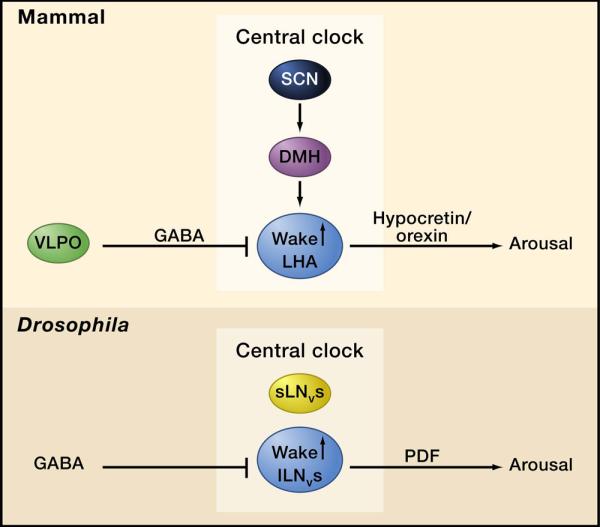Figure 1. An example of a conserved mechanism underlying sleep.

In both Drosophila and mammals, an arousal promoting peptide (PDF and hypocretin, respectively) is secreted by cells within, or in the vicinity of, the central clock network. In mammals, hypocretin-producing neurons in the lateral hypothalamus receive circadian inputs from the central clock in the suprachaismatic nucleus (SCN) via the Dorsomedial Hypothalamus (DMH). They are inhibited by GABAergic inputs from the ventrolateral preoptic (VLPO) area. In Drosophila, the large ventral lateral neurons (lLNvs) are part of the clock network although they are not required for free-running circadian rhythms. Instead they mediate light-driven arousal, at least in part through the release of PDF. As in mammals, GABAergic inputs to these neurons promote sleep.
